Spoilers for Poison Ivy: Thorns
When it comes to DC villains, there’s no one quite like Pamela Isley. My first introduction to her was with Batman the Animated Series and, well, let’s just say I should add her as an honorable mention in my ongoing “signs I was gay the whole time” list.
So when I saw a graphic novel coming out on the first day of Pride Month that gives her origin story a gothic, queer twist I was all in, no poison kiss necessary. If you’re a Poison Ivy fan who’s in the mood for some dark queer romance with a touch of satisfying revenge, then bestselling author Kody Keplinger and artist Sara Kipin have got you covered.
Synopsis of Poison Ivy: Thorns
There’s something unusual about Pamela Isley — the girl who hides behind her bright red hair. The girl who won’t let anyone inside to see what’s lurking behind the curtains. The girl who goes to extreme lengths to care for a few plants. Pamela Isley doesn’t trust other people, especially men. They always want something from her. Something she’s not willing to give.
When cute goth girl Alice Oh comes into Pamela’s life after an accident at the local park, she makes her feel like pulling back the curtains and letting the sunshine in. But there are dark secrets deep within the Isley house. Secrets Pamela’s father has warned must remain hidden. Secrets that could turn deadly and destroy the one person who ever cared about Pamela, or as her mom preferred to call her … Ivy.
Will Pamela open herself up to the possibilities of love, or will she forever be transformed by the thorny vines of revenge?
What this Pride Month Read has in store for you
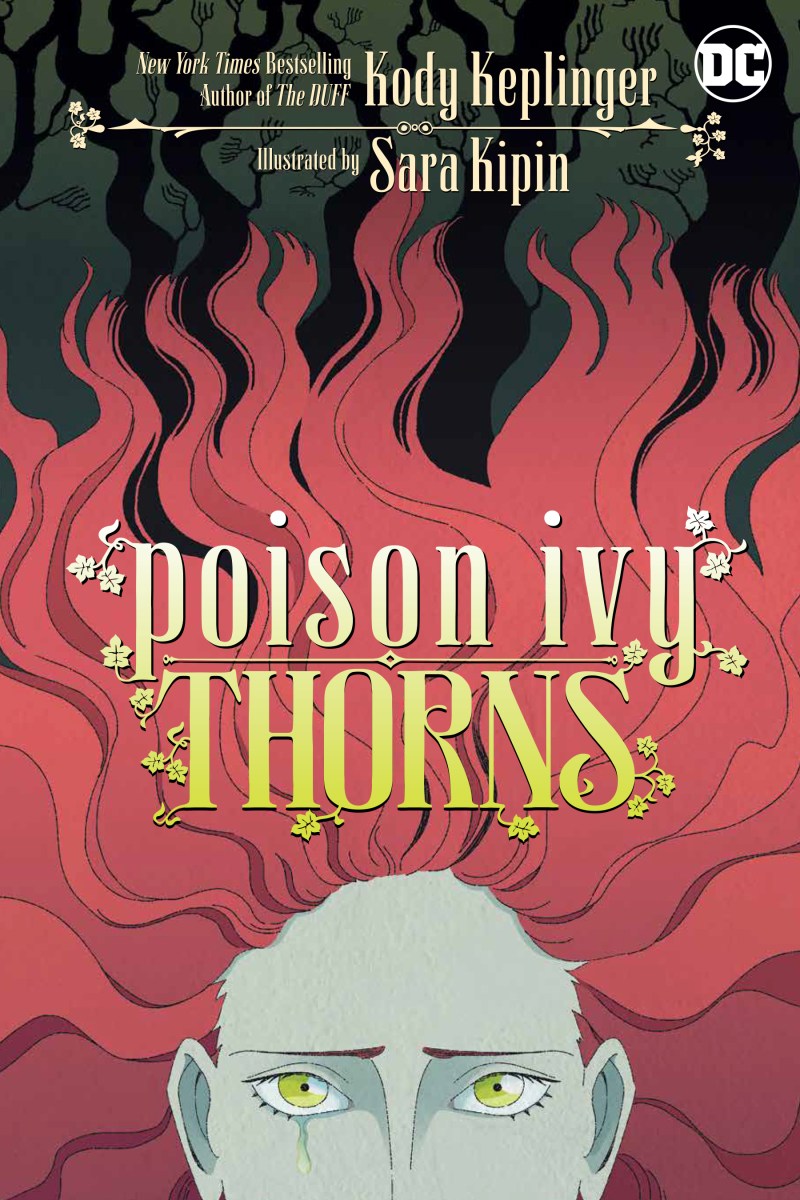
CW: Child abuse
Poison Ivy: Thorns has a similar vibe to Nubia: Real One. In that story, the main adversary for our heroine was a very relatable threat versus being a supernatural entity that required a beatdown across countless city blocks. This is a similar scenario for Pamela, whose adversaries are painfully toxic men that any of us can, and probably have, encountered in our lives.
First, there’s Pamela’s father, who has gaslit his daughter so much that she thinks there’s a justifiable reason for his abuse toward her. He’s trying to save his wife, you see, so close the house curtains, lie back on the table, and let Daddy Dearest experiment on your body until he gets the results he wants.
Then there’s the absolute f*ckboy at Pamela’s school who keeps harassing her, spreading rumors about her in an attempt to, checks notes, get her to go out with him again. Now I’m not the most charming person in this great big world of ours, but I don’t think lying about your relationship status with a girl is the way to get a second date. To Pamela’s (and my) growing irritation, the principal takes Sir F*ckboy’s side because, clearly, Pamela’s been leading him on with the modest clothing she wears to school.
If ever there was a graphic novel to show the build-up of Pamela’s disdain toward mankind (emphasis on man) this is the one. In a perfect world these would all be overly cartoonish examples of villainy, but when you see stories as recently as a week ago reveal that a high school straight up edited a bunch of female student yearbook photos without their permission because they deemed them as being immodest you realize that, wow, this man fits right in with real-life high school administrative figures.
What was so immodest about the photos, you ask? Um … the shirts were … shirts?
What really hit me with this book was the levels of abuse Pamela dealt with. It wasn’t just her father (who, frighteningly enough, thinks he’s doing something GOOD for BOTH of their sakes) or some dude at school, it was also the gross microaggressions she had to deal with when she tried to go about doing things the right way. She did exactly what we’re often told to do when someone harasses us — go to an authority figure — but that authority figure fails her, leading her to believe that it’s pointless to try and seek out help at all.
Pamela has very few sources of comfort in this story, and by the time she gets a taste of something other than abuse, she doesn’t really know what to do with it. It’s clear that she likes Alice, the short goth queen who often stands up for her at school, and Alice most definitely likes her, but with Pamela’s homelife AND school life being so toxic it’s hard for her to grasp onto any form of kindness.
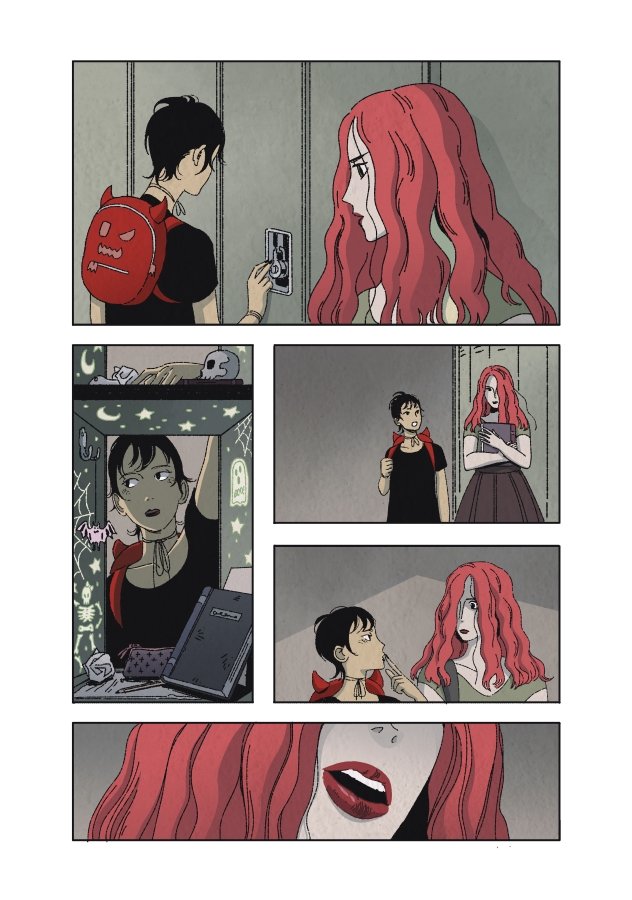
I love the fact that Pamela gets a female love interest. I love her soft moments with Alice and the relationship that develops between them. I especially love that the queer elements aren’t a big deal. Alice flat-out says she’s gay with no hesitation, and Pamela’s hesitation stems from the family secrets she’s hiding, not because Alice is a girl. Honestly, considering everything Pamela’s going through, I feel like her being queer would be the LAST thing she’d worry about. Ain’t nobody got time for gay panic when your dad is using you for nightly experiments in a futile attempt to save his wife.
If there’s one thing I wanted more of from this book is that I wanted more time with Alice. I wanted more of a chance to explore her reactions to what she learns about Pamela — especially when Pamela starts to take more drastic measures against the ones hurting her. I completely understand where Pamela’s coming from because, as the reader of the story, I’ve seen the horrors she’s gone through. When she decides to take matters into her own hands I’m right there with her because I’ve been cursing these men out from the beginning.
Alice, however, is learning along the way, and I just wanted her to have more time to process what was happening, particularly when she finds out that Pamela’s actions could’ve hurt her and her family. That and, I dunno, if tree branches sprouted from a room in my girlfriend’s house to stop me from chasing after her I might be a little overwhelmed.
Overall, I think Poison Ivy: Thorns is a dark, engaging take on one of DC’s most iconic villainesses. Combined with a haunting art style, it’s a tragically real story of a young girl who has to learn to value herself enough to take control of her own life.
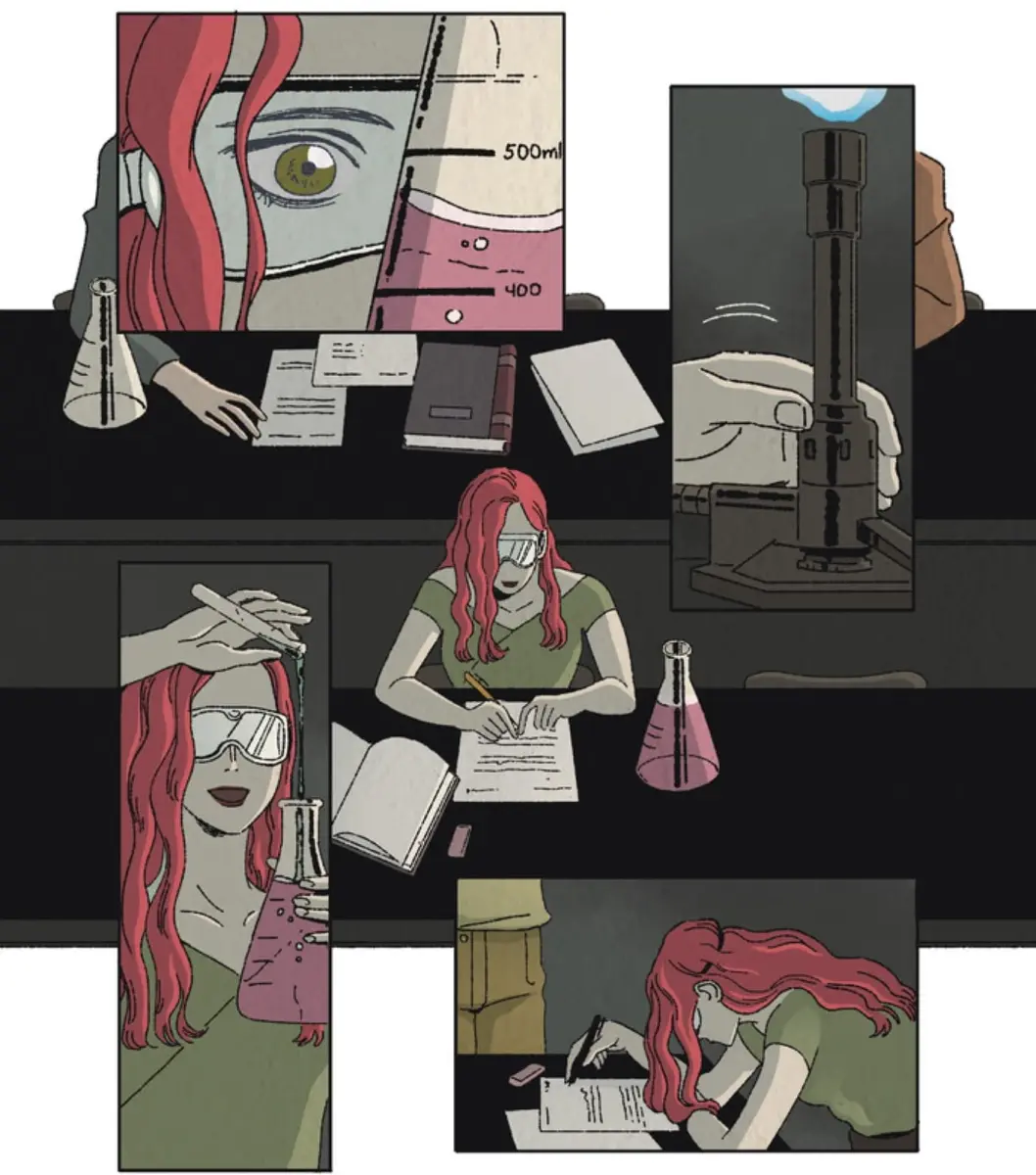
You can check out the graphic novel right here.
(Image: Sara Kipin)
Want more stories like this? Become a subscriber and support the site!
—The Mary Sue has a strict comment policy that forbids, but is not limited to, personal insults toward anyone, hate speech, and trolling.—



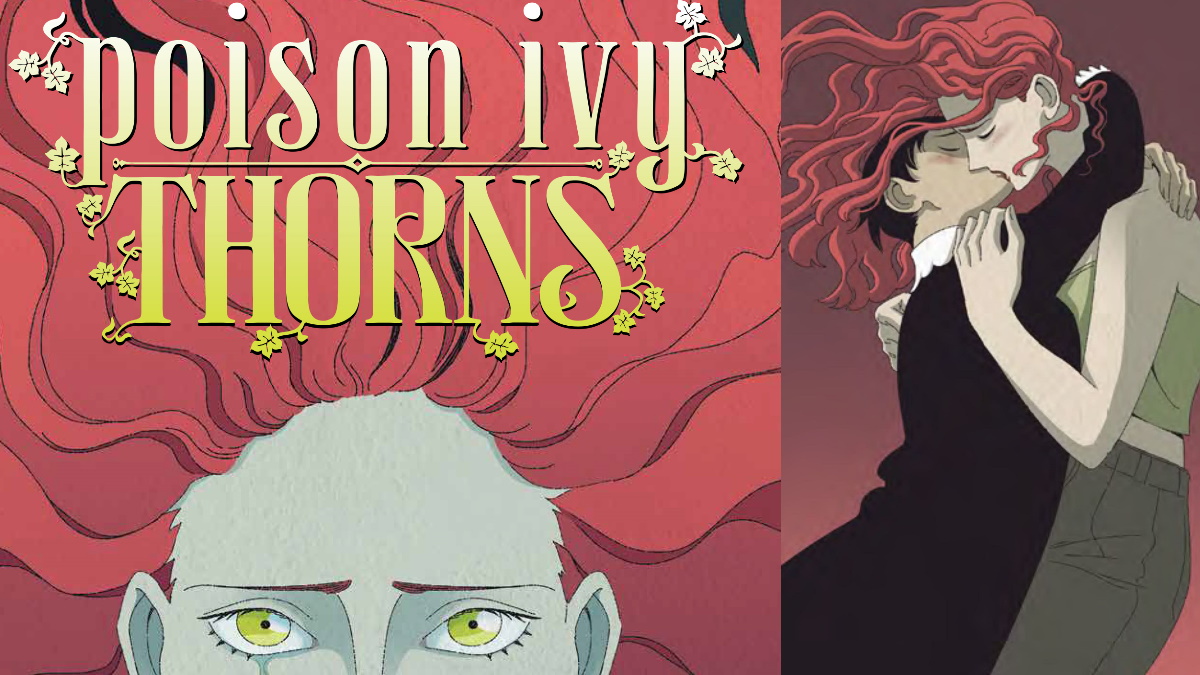



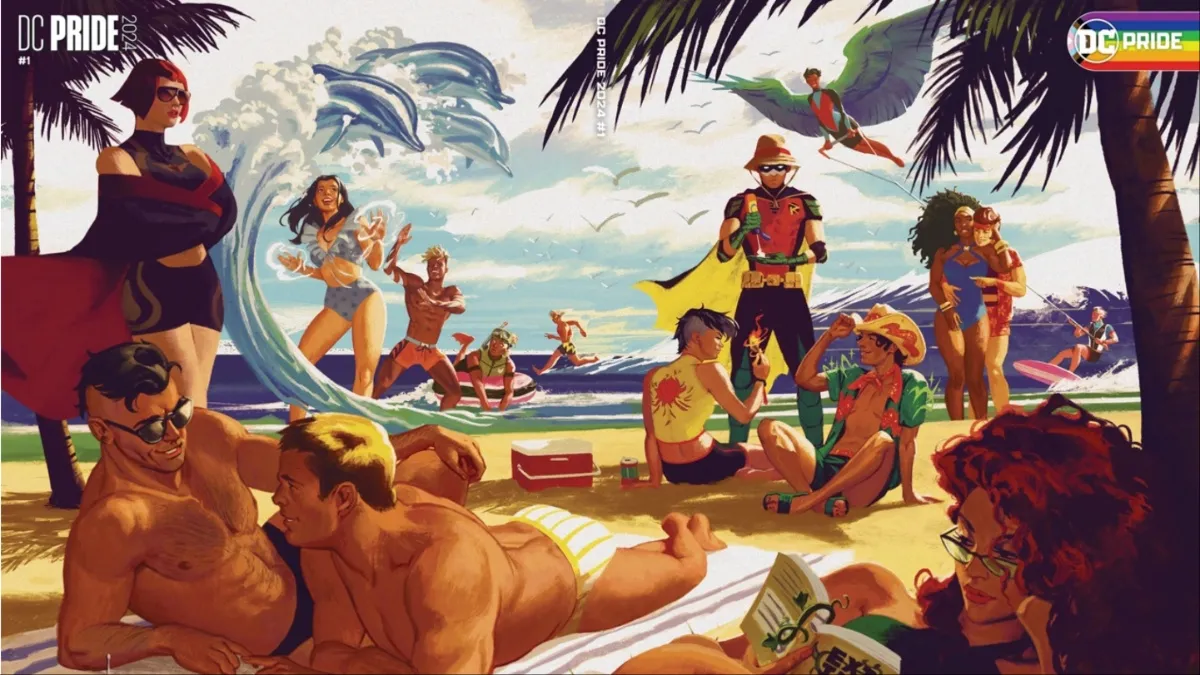
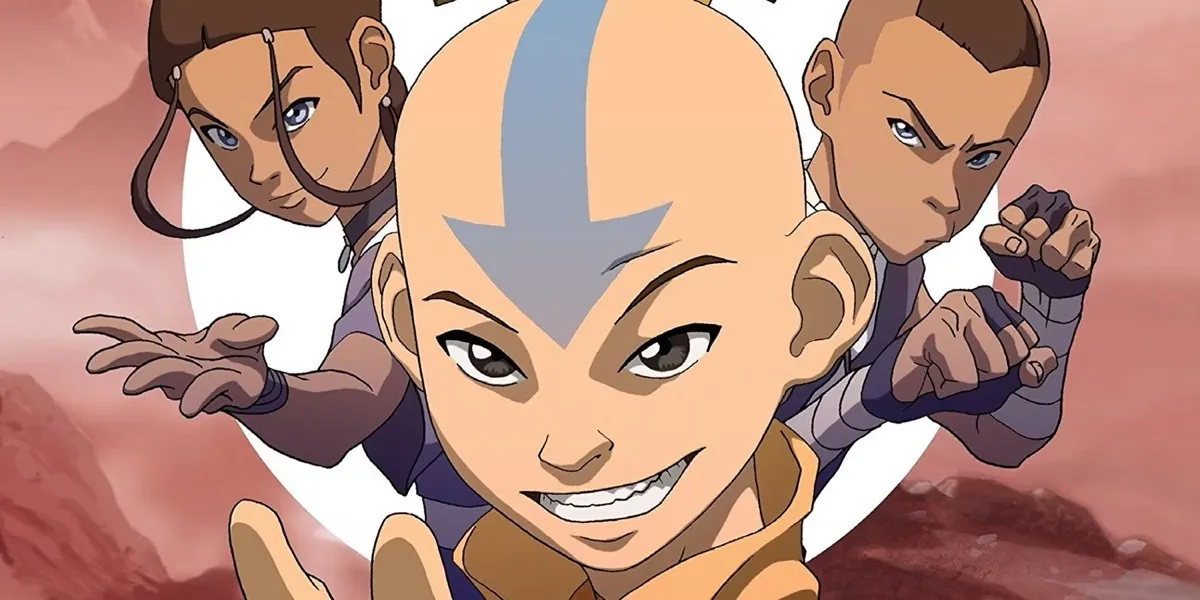

Published: Jun 1, 2021 12:15 pm